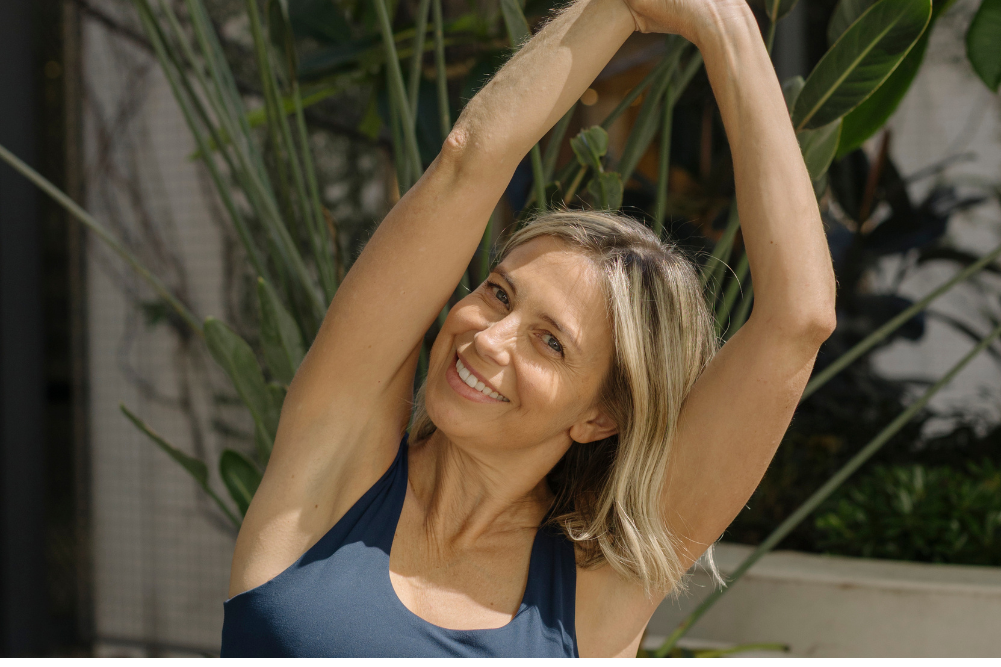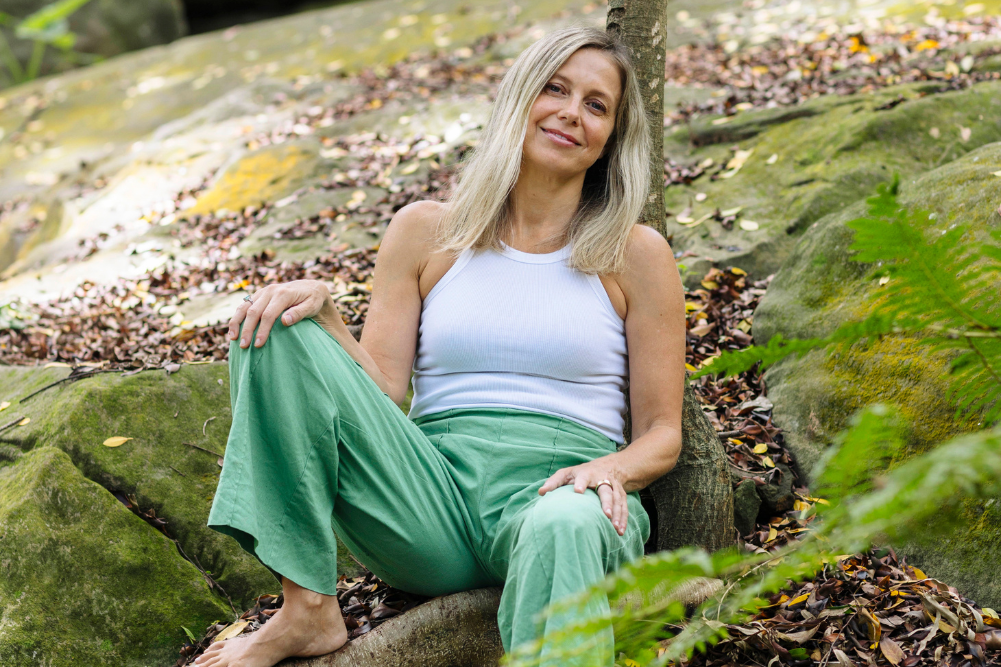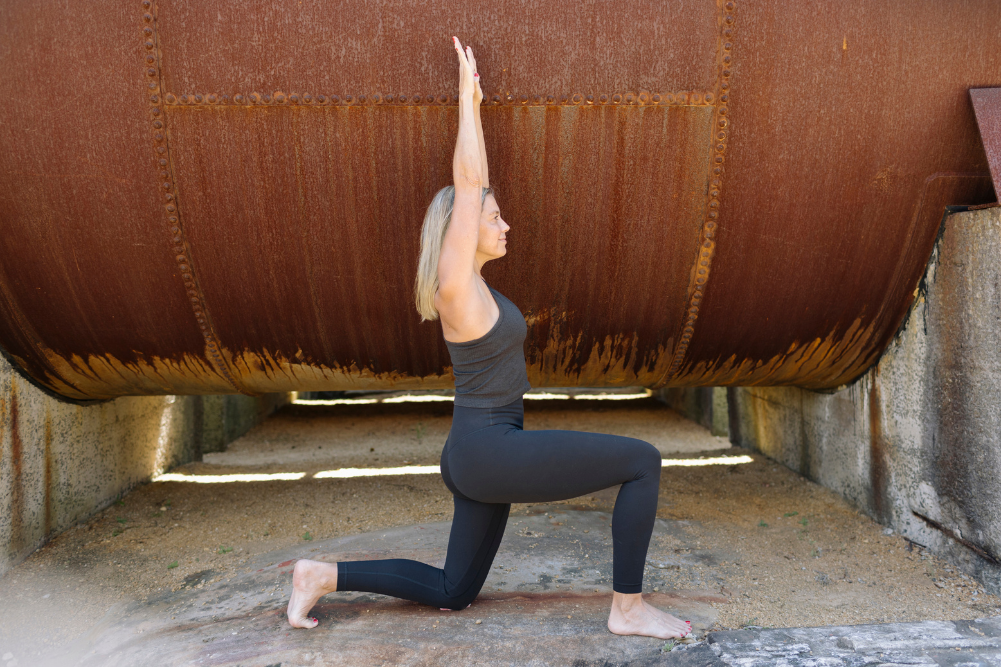Yoga for diabetes
Diabetes is both the worlds and the nation’s fastest-growing disease, affecting nearly one in four people. Ranging from newborn babies to the very elderly, more than one million Australians have diabetes. That’s approximately 7.5 per cent of the Australian population, a figure three times higher than 20 years ago. Diabetes is the seventh major cause of death in Australia. Half of the Australians who have it are unaware they do.
What is diabetes?
In order for the body to work properly, it needs to convert sugar into energy. In those people who have diabetes, either the hormone insulin, essential for the conversions of glucose (sugar) into energy, is no longer produced in sufficient amounts by the body or the insulin produced is not working properly and therefore glucose cannot be absorbed. Both of these then result in high sugar levels in both the blood and urine.
The most common symptoms for those people with diabetes include the need to urinate often, frequent thirst, weight loss and increased appetite.
Diabetes mellitus:
Diabetes mellitus is a disorder of the pancreas characterised by glucose in the urine and is the most common form of diabetes, of which there are two main types:
Type 1
Type 1, in which almost no insulin is produced, represents about 15 per cent of Australian cases and is one of the most common childhood diseases in developing nations. It is also referred to as insulin-dependent diabetes (juvenile diabetes). It usually affects children, teenagers and young adults and requires daily injections of insulin. It is one of the most common childhood diseases in Australia and is at a very high rate compared with most countries in the world.
Type 2
Type 2, also known as non-insulin-dependent diabetes (adult-onset diabetes), is aggravated by unhealthy diet, lack of exercise and obesity. Although its found mostly in adults over 45 who are overweight, its increasingly being found in younger people. According to the Australian Bureau of Statistics, the majority of people with diabetes have Type 2.1 In fact, Type 2 diabetes is potentially preventable because many of the major risk factors are related to lifestyle and can be modified, such as obesity, lack of physical activity and poor diet.
Personal experience
There were tears of gratitude in the eyes of 50-year-old Prema Krishnamurthy as she narrated her experience: It was in the year 2001 that I had the greatest opportunity of my life, to attend the Art of Living Course. After the one-week course I was able to do the daily yogic and breathing practices, including the kriya (a truly wonderful breathing technique) as part of my regular routine. Within six months I was able to notice considerable change in my blood sugar level and my family doctor was amazed with my rapid recovery. From insulin-dependent to oral medication, the change was so fast.
It is now two years since I did the course. I continue doing the practices every day and feel healthy. People who see me now say there is freshness in my look and I am very active throughout the day. I feel that I have been healed both mentally and physically. I would like to convey this healing experience to as many people as possible.
East vs West
Although diabetes can’t be cured medically, doctors manage their patients progress through lifestyle changes, tablets or insulin. While allopathic medicine can be beneficial, there is always the risk of negative side-effects. Similarly, while doctors keep prescribing insulin and anti-diabetic medication, continued long-term use of these medicines can create complications of their own.
Though Western research on diabetes has primarily focused on diabetes as a physical disorder, research in India recognises diabetes as a psychosomatic disorder and has studied accordingly the beneficial effects of the practice of yoga.
According to Sri Sri Ravi Shankar, Founder of the International Art of Living Organisation and a Master of Yoga, there are seven layers of existence: body, breath, mind, intellect, memory, ego and consciousness. While diet, exercise and medicine focus on the layer of body, we also need to know a little bit about these other layers of existence if we are to experience good health and be free from disease.
The practice of yoga brings the body, mind and spirit into harmony, which naturally benefits our health. Through these practices the mind also becomes still, coming naturally into the present moment where it is free of worries and stress. In this state a great amount of healing takes place on all levels.
While exercise in general encourages insulin to work more efficiently in the body and can help prevent the onset of diabetes, yoga also works on the subtler levels of our existence. Though diabetes is considered incurable, the practice of yoga can contribute to its reversal.
Yogic asanas (postures) and pranayama (breathing techniques) were understood by the ancient rishis in India, who knew the effect yoga has on the mind as well as on the various glands in the body. Certain asanas are more beneficial to the functioning of specific organs and glands. Compression of these glands, followed by relaxation, causes an increased volume of highly oxygenated blood to reach the cells, bringing nourishment to rejuvenate cells that have deteriorated within those organs or glands.
Yoga for diabetes inspispidus
The most common abnormality associated with dysfunction of the posterior pituitary gland is diabetes insipidus.4 Most diabetes insipidus is caused by inadequate secretion of vasopressin by the pituitary gland. The pituitary gland, located at the base of the brain, just behind the bridge of the nose, can be stimulated through various yoga asanas, including yogamudrasana and matsyasana:
Yogamudrasana (psychic union pose)
Sit comfortably on the floor with your legs crossed, or in padmasana (lotus) with your legs crossed and your feet on your thighs, or in ardha padmasana (half-lotus pose) with only one foot on one thigh and the other on the ground. Close your eyes. Breathe normally and relax your body. With your hands behind your back, take hold of your left wrist with your right hand. Fold the thumb of the left hand into the palm of the hand and wrap the fingers around the thumb. Inhale deeply. As you exhale, slowly allow your body to drop gently forward. The spine will naturally bend as you move forward, but don’t bend the spine more than you need to. Instead, aim to touch your chest to the ground and rest your forehead gently on the floor. Relax your body as much as you can and allow your breath to be slow and deep. Stay here for as long as is comfortable and then slowly come to an upright position as you breathe in. If it’s difficult for you to hold the asana, come up after a short while and repeat the asana a few times. Cross your legs the other way round and repeat the pose.
- People with serious heart and back problems or those in post-operative or post-delivery period should not attempt this pose.
- Yogamudrasana massages the abdominal organs, stretches the spine and tones the spinal nerves.
- Ideally, this forward-bending pose can be followed with a backward-bending asana, such as the matsyasana (fish pose), ushtrasana (camel pose) or bhujangasana (cobra pose). Of these three, the Cobra Pose and Fish Pose are highly recommended for those with diabetes.
Matsyasana (fish pose)
Lie on your back and relax your whole body. Place your hands underneath your buttocks, palms facing downwards. Pull your elbows together so they’re as close to your spine as possible. Using the support of your elbows, press them into the ground and lift your back and neck off the ground, arching your back and expanding into the chest. Keep the top of your head on the ground, feel the stretch along your throat. Adjust your head so the maximum arch of the back can be reached and keep your legs straight. Consciously relax your body in this position and allow your head, buttocks and legs to support the weight of your body. Close your eyes. Relax and breathe slowly and deeply. Hold for a couple of minutes or for slightly longer if you feel you are able to. When you’re ready to come out of the pose, press your elbows into the ground, lifting your head off the ground and then relax onto your back.
Ideally, fish pose should be followed by a pose that will bend the neck in the opposite direction, such as halasana (plough pose) or sarvangasana (shoulder stand). Take note that these are rather advanced poses and should not be performed without the expert guidance of an experienced yoga teacher. Before incorporating the practice of halasana, you should master poorwa halasana (the preliminary plough pose) under guidance.
Gomukhasana (cow face pose)
As diabetes insipidus is a disorder in which the kidneys are unable to retain water, cow face pose will be beneficial as it induces relaxation, alleviates tiredness and anxiety and stimulates the kidneys. Sit on the floor and cross your legs in front of you so your right knee is directly above your left knee and your feet are tucked close to the sides of your buttocks. Raise your right arm above your head, breathe in and then bend your elbow, dropping your hand behind and resting the palm of your right hand flat against your back. Take your left arm behind you and with the elbow pointing towards the ground, see if you can interlock your hands behind your back. Do not force this movement. If your hands don’t connect behind your back, just hold them where they are. Make sure your head is not dropping forward onto your chin. You want to keep your chest expanded and your face looking outwards. Keep your spine straight and long and close your eyes. Stay in this position for up to two minutes and then unwind your body and repeat the same position on the other side with the left leg above the right and the left arm raised above your head.
Yoga for diabetes mellitus
As Diabetes mellitus is a disorder of the pancreas, asanas that are effective in activating the pancreas may be of particular benefit to people who have this type of diabetes. If the pancreas is restored to healthy functioning, its possible to be cured of the disease.
Yoga can definitely have the effect of reducing insulin levels for Type 1 diabetics and control diabetes without any external medication for Type II diabetics. Yoga will also certainly help to improve poor circulation, a major complication of diabetics.
Asanas that stimulate the pancreas include various backward bending postures such as:
Bhujangasana (cobra pose)
Lie down on your stomach and relax completely. Place your hands under your shoulders so your palms are resting flat against the ground. Take a deep breath and slowly raise the top half of your body off the ground, arching your back. Allow your head to drop back and keep your mouth closed so you can feel the stretch along your throat. Keep your arms bent and elbows tucked in close to the side of your body. Take a few slow, deep breaths while holding this position and then very slowly lower your body to the ground as you breathe out. Complete five rounds and relax completely.
Salabhasana (locust pose)
Lie on your stomach with your legs together and place your chin on the ground. Fold your thumbs into the palms of your hands and wrap your fingers around your thumbs so your hands are in a fist. Place your hands underneath your body. You may need to shuffle around a bit to find a comfortable position for your hands. Close your eyes and relax your body. Now begin to raise your legs, keeping your ankles together. Raise your legs as high as you can, keeping them straight and together. Either you can hold your breath while your legs are in the air, and exhale as you relax them down, or you can breathe long, deep breaths as you hold. You will feel the lower muscles in your back contracting. Hold this position for as long as you can and then relax your legs down to the ground, move your arms away from beneath you and relax with your head to one side. Repeat this asana three times.
- This asana is most beneficial when its preceded by bhujangasana (cobra pose) and followed by dhanurasana (bow pose), as presented in this article.
- Those suffering from a weak heart, hernia, peptic ulcer or high blood pressure should not attempt this asana.
Dhanurasana (bow pose)
Lie on your stomach. Bend your knees and bring your feet towards your buttocks until you can take hold of your feet. Take a deep breath in as you lift your head, looking forwards. At the same time, raise your feet as high as you can while keeping hold of them. Breathe deeply through your nose for 20 to 30 seconds. When you exhale, exhale completely until there is no more air in your lungs. This will give your internal organs a chance to be massaged. Relax downwards as you breathe out. Rest on your stomach with your legs straight and your head to one side, arms by the side of your body, palms facing towards the sky. Deep relaxation is essential after doing the bow pose if the benefits are to be fully absorbed into your body.
Exercise in general
For diabetics, the intensity of exercise activity should be moderate. Physical activities like bicycling and swimming are particularly indicated because they involve much fewer orthopedic risks.
Exercise for Type 1 diabetics
Exercise seems to bring little improvement to the metabolic control of diabetes for Type 1 diabetics but can reduce certain risk factors related to the heart.
Exercise for Type 2 diabetics
For Type 2 diabetics regular exercise is recommended as it helps to reduce weight and increase the absorption of insulin.
Diet
Ten top tips for diabetics:
- Smaller, more frequent meals throughout the day work to keep the blood-sugar level steady.
- Although the diet does not need to be sugar free, soft drinks, cordials, lollies and other sweets should be limited.
- Limit or eliminate processed and convenience food.
- Let your diet contain mostly high-fibre carbohydrate foods wholegrain cereals and bread, vegetables and fruit.
- Replace saturated fats such as butter, cream, cheese, cooking margarine, palm oil, coconut milk and cream with olive oil.
- Limit or eliminate meat and replace it with high-protein lentils such as moong dal.
- Learn to differentiate between good fats (poly- and mono-unsaturated) and bad fats (saturated).
- High-fibre foods such as wholegrain breads, oats, spinach, beans, cereals and almonds reduce the body’s need for insulin and lower fat levels in the blood.
- Garlic, onions, cabbage and pumpkin seeds help to reduce blood glucose levels.
- Garlic and raw vegetables help to normalise blood sugar.
Other tips
- Spirulina is an excellent natural food supplement that helps to stabilise blood sugar levels.
- Herbs used to normalise blood sugar levels include dandelion root, fenugreek, ginseng and juniper.







